We have guests here for ‘multi-day auditions’ every so often where we listen to a ton of stuff over the course of a few days – kind of like a sequence of shootouts but with a goal in mind – the goal usually being to get the best sound possible for a particular guest.
Last week we had a great time at one of these auditions, and our guest came up with a very nice intuitive way to quickly draw the overall balance of a particular system. I am not all that sure this particular guest wants to accept the blame for these drawings 🙂 – and his hand drawn ones were certainly nicer than my mouse-drawn ones – but I liked them enough to think it worthwhile to share here on the blog.
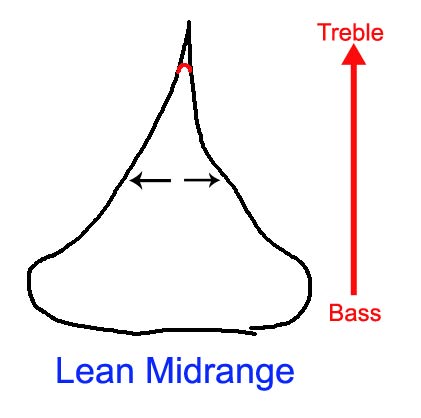
The width of the “Hershey’s Kiss'” is the characteristic energy/information of the system at a given frequency. The system diagrammed here has a lot of bass energy but little midrange energy and almost no treble energy.
This is typically [over the course of many discussions with people we meet] what people Do Not want.
The red part of the curve would be an alternative sound that did not have a ‘bite’.(?)
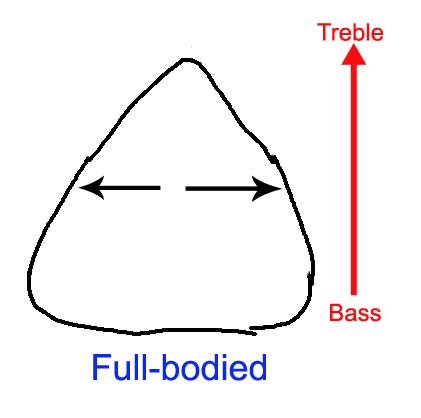
This is a nice, full sounding system. This is what people in general DO want.
These next drawings are originally drawn by me, expanding on the idea of the 2 above.
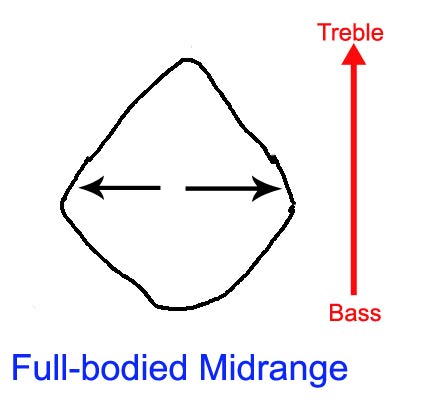
The system diagrammed here might represent your typical inexpensive tube amp: nice midrange but weak on bass and a little rolled off on top.
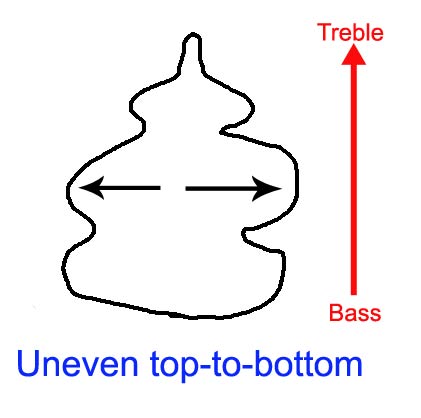
The system diagrammed here might represent your typical inexpensive speaker system that has problems in the crossover frequencies.
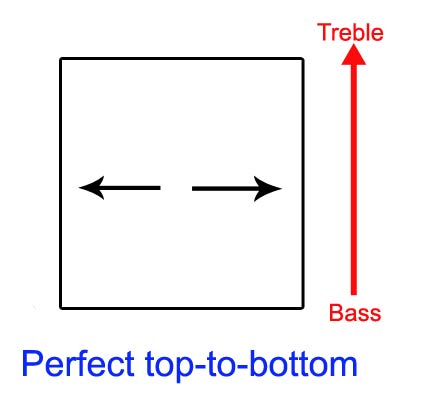
This might be the perfect system(?) – we can certainly define it to be so, since we are the ones making all this up :-). It represents perfect top-to-bottom quantities of energy/information.
We should really have several of these drawings for a single system, one drawing each for:
1) harmonic information/energy
2) micro dynamics
3) midi-dynamics
4) separation (ability to handle complexity)
…
